
Coix lacryma
(MRP Inclusive of all taxes)
- Shipping ₹79 for entire order
- Dispatch in 7 days
- Country of origin: India

(MRP Inclusive of all taxes)
 Save 29%
Save 29%
Air Purifier Money Plant with Pot The Air Purifier Money Plant, also known as Pothos or Epipremnum aureum, is a stunning indoor plant that...
View full details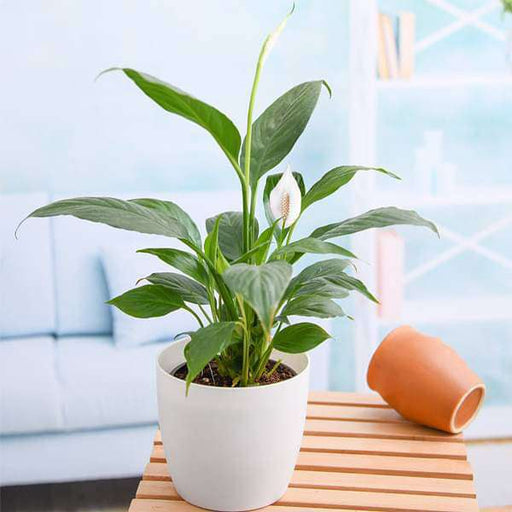
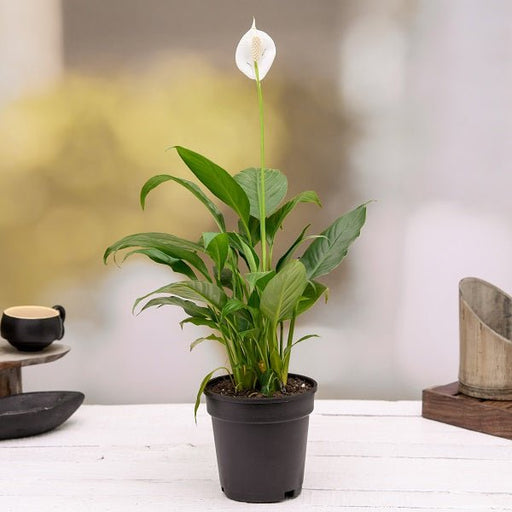 Save up to 15%
Save up to 15%
Peace Lily, Spathiphyllum - Plant The Peace Lily, scientifically known as Spathiphyllum, is a stunning houseplant celebrated for its elegant white...
View full details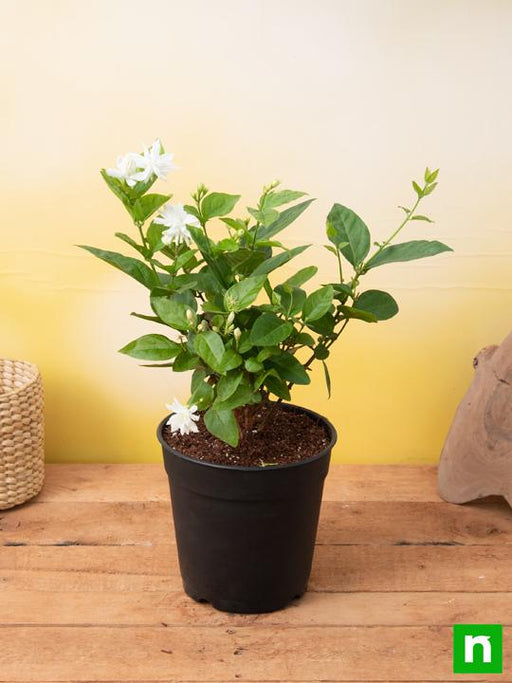
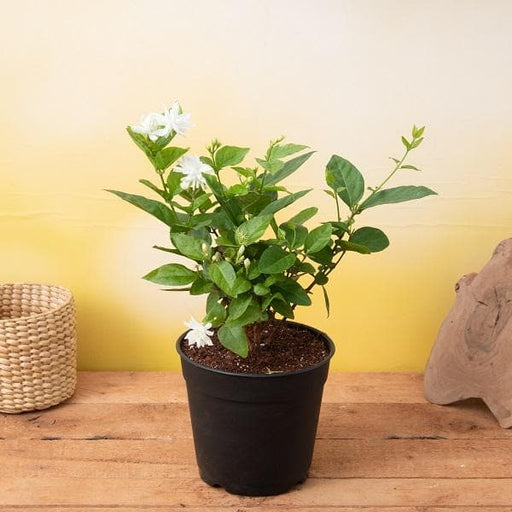 Save 25%
Save 25%
Jasminum sambac, Mogra, Arabian Jasmine - Plant Jasminum sambac, commonly known as Mogra or Arabian Jasmine, is a fragrant flowering plant...
View full details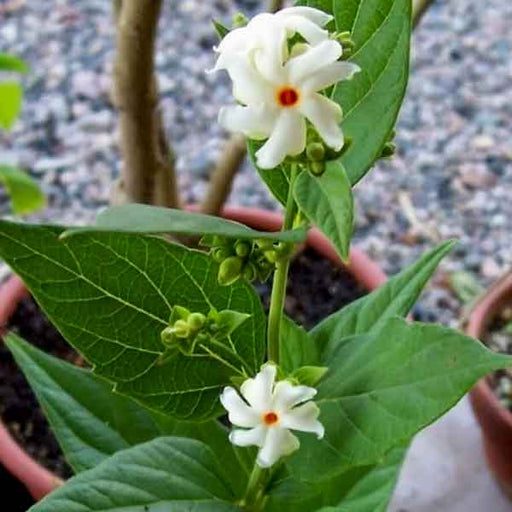
 Save 18%
Save 18%
Combo Constituents Includes the Parijat Tree (Night-Flowering Jasmine), a culturally significant plant with fragrant flowers. Description The Pari...
View full details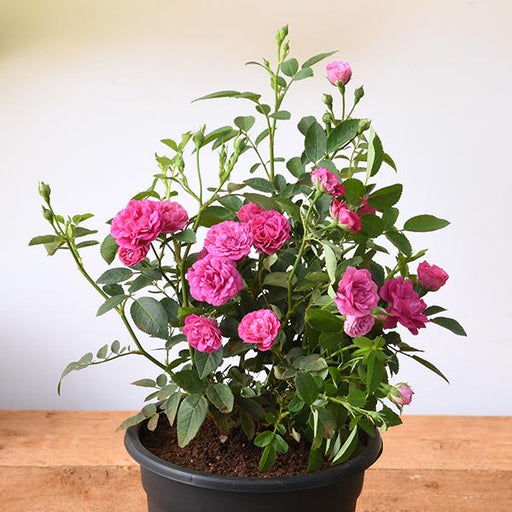
 Save 25%
Save 25%
Miniature Rose, Button Rose (Any Color) - Plant The Miniature Rose, also known as the Button Rose, is a charming and compact flowering plant that ...
View full details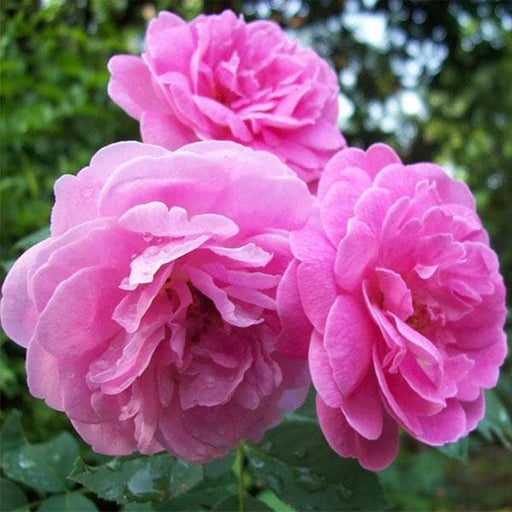 Save 25%
Save 25%
Damascus Rose, Scented Rose (Any Color) - Plant The Damascus Rose, also known as Rosa damascena, is a timeless symbol of beauty and romanc...
View full details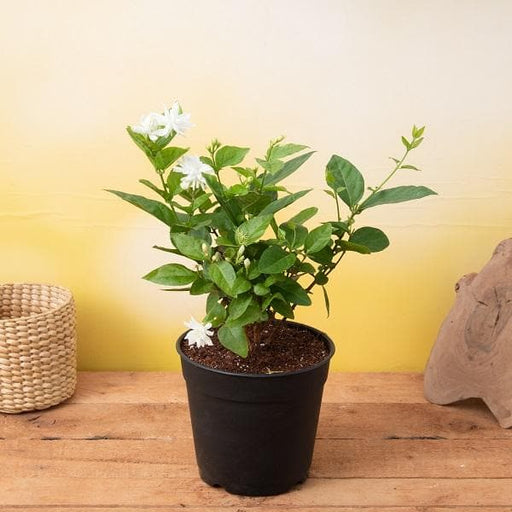
 Save 17%
Save 17%
Beautiful Fragrant Mogra, Arabian Jasmine Plant with Pot The Beautiful Fragrant Mogra, also known as Arabian Jasmine (Jasminum sambac), is...
View full details Save 15%
Save 15%
Pack of Vermicompost and Neem Cake for House Plants Transform your indoor garden with our premium Pack of Vermicompost and Neem Cake, spec...
View full details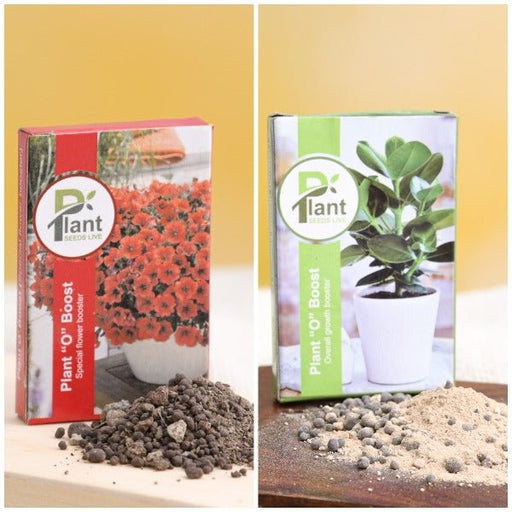
Pack of Plant Growth and Flower Boosters Unlock the full potential of your garden with our Pack of Plant Growth and Flower Boosters! This ...
View full details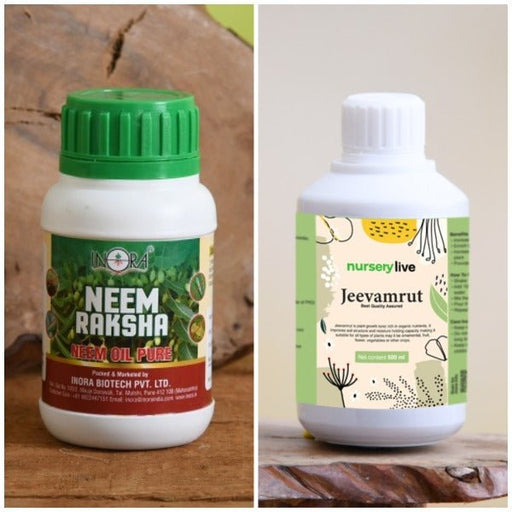 Save 38%
Save 38%
Combo of Jeevamrut and Neem Raksha for Easy Growth and Protection of Houseplants Transform your indoor garden with our exclusive combo of ...
View full details Save 22%
Save 22%
Plant Nutrients Kit (Pack of 16) for a Healthy Garden Transform your garden into a lush paradise with our Plant Nutrients Kit, featuring 1...
View full details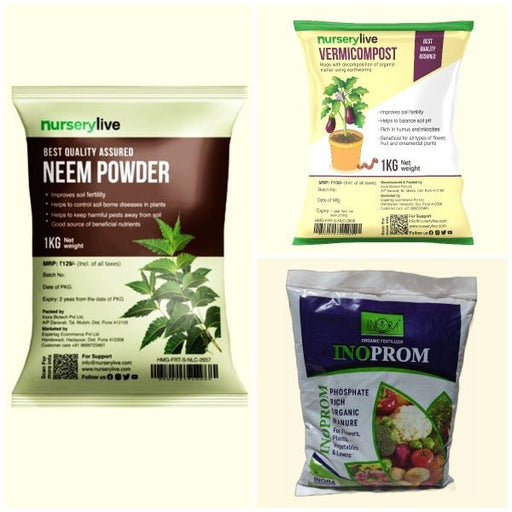 Save 16%
Save 16%
Combo of Top Plant Fertilizers Elevate your gardening game with our exclusive Combo of Top Plant Fertilizers, featuring two bags of premiu...
View full details Save 24%
Save 24%
Pack of 4 Additives to Make Soil Healthy and Nutrient Rich Transform your garden into a thriving ecosystem with our Pack of 4 Additives de...
View full details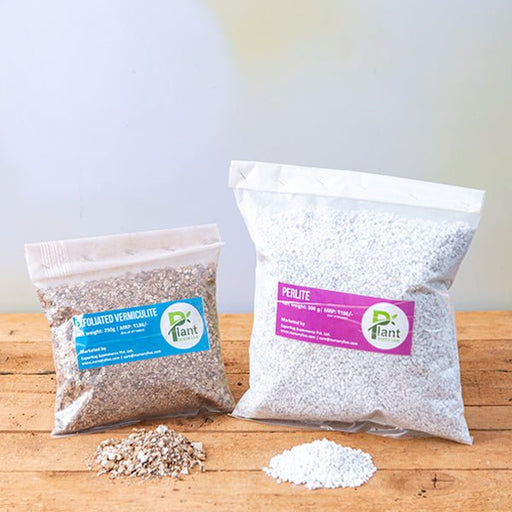 Save 30%
Save 30%
Transform your gardening experience with our premium Combo of Perlite and Vermiculite. This unique blend is designed to enhance soil aeration and ...
View full details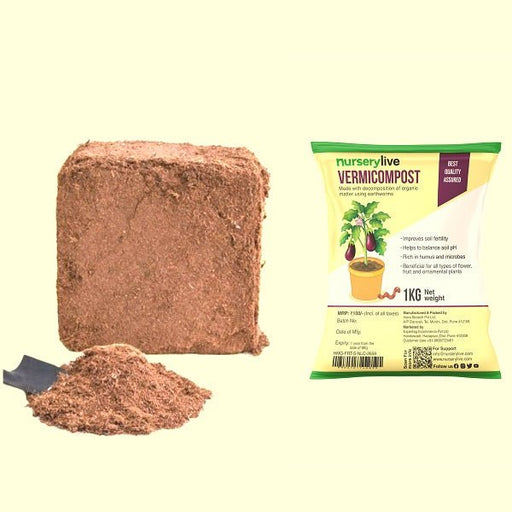 Save 27%
Save 27%
Combo of 2 Vermicompost and Cocopeat - Enrich Your Soil Naturally! Transform your garden into a thriving ecosystem with our Combo of 2 Ver...
View full details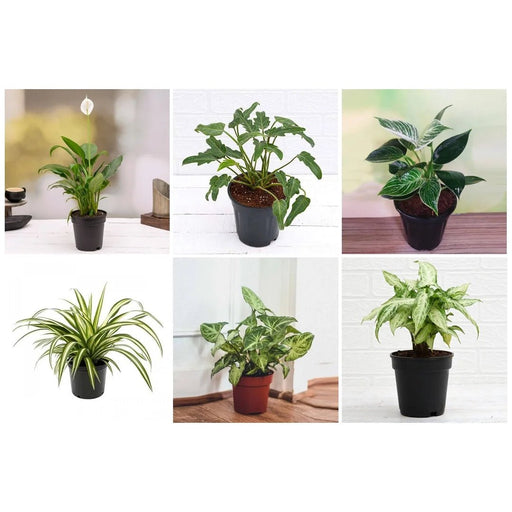
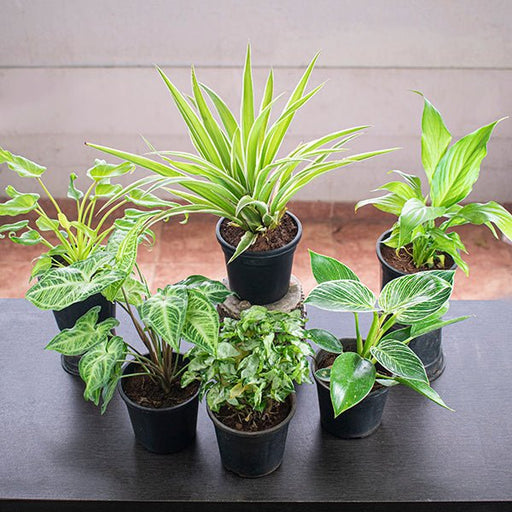 Save 35%
Save 35%
Best 6 Plants for Perfect Indoor Garden Transform your living space into a lush oasis with our curated collection of the Best 6 Plants for a...
View full details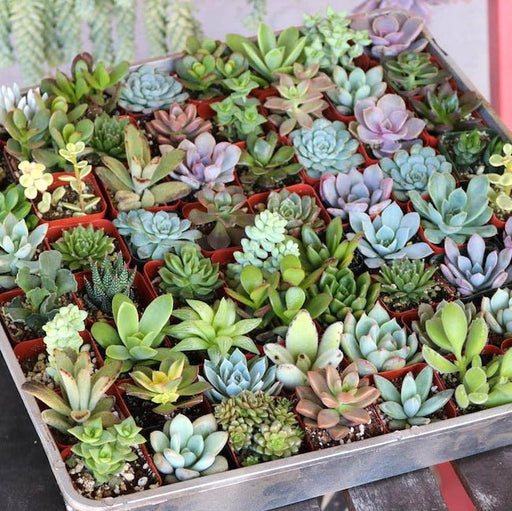
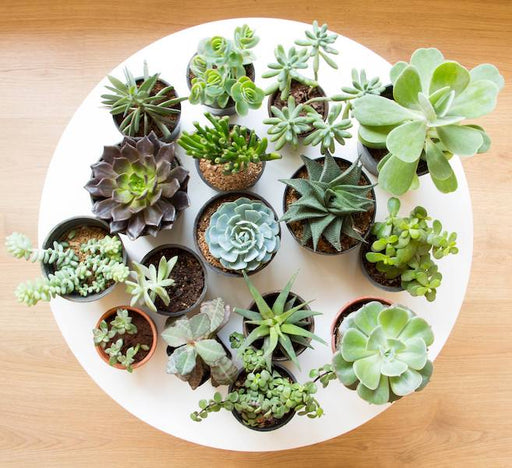 Save up to 50%
Save up to 50%
Mini Succulent Garden Pack Transform your space with our Mini Succulent Garden Pack, featuring a delightful collection of 4 any variety beautiful s...
View full details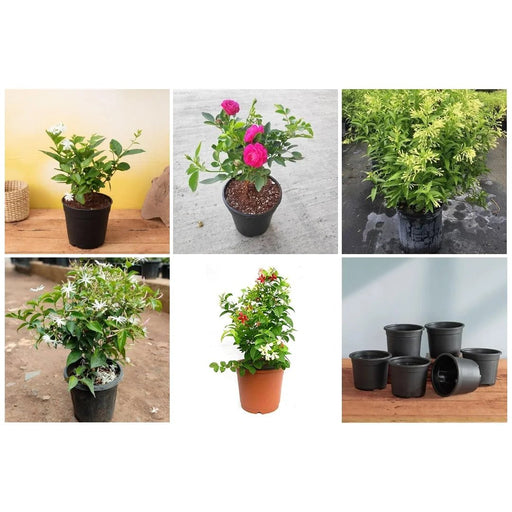
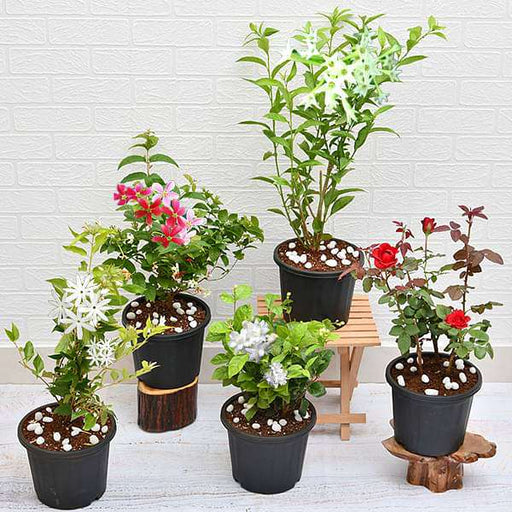 Save 30%
Save 30%
5 Best Fragrant Plants Transform your garden or indoor space into a fragrant paradise with our curated selection of the 5 Best Fragrant Plants. Th...
View full details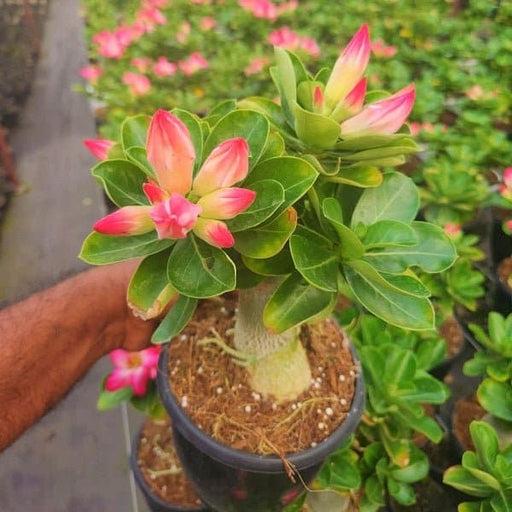
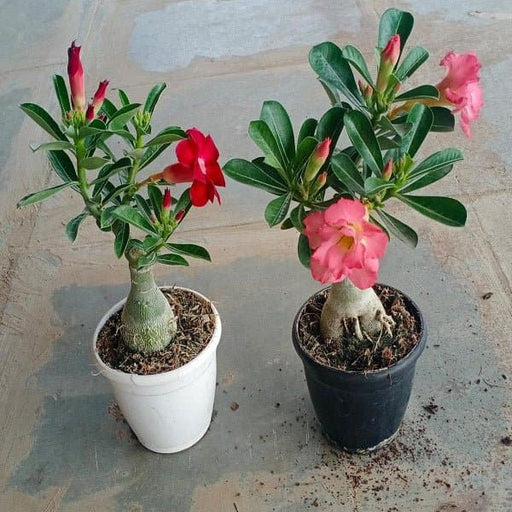 Save 24%
Save 24%
Set of 2 Bonsai Looking Grafted Adeniums Transform your indoor or outdoor space with our exquisite Set of 2 Bonsai Looking Grafted Adenium...
View full details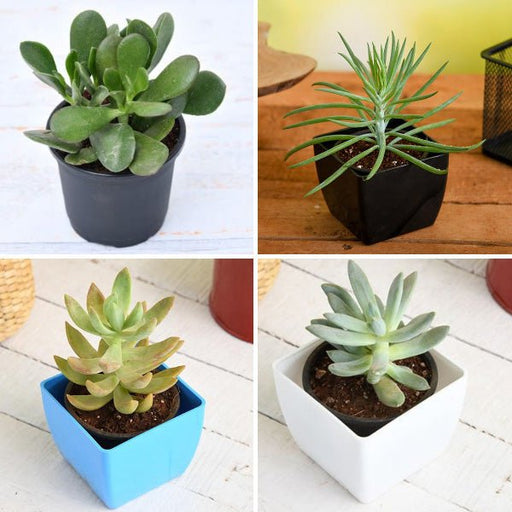 Save 45%
Save 45%
Top 4 Die Hard Succulents Pack Transform your indoor or outdoor space with our Top 4 Die Hard Succulents Pack, featuring a curated selecti...
View full details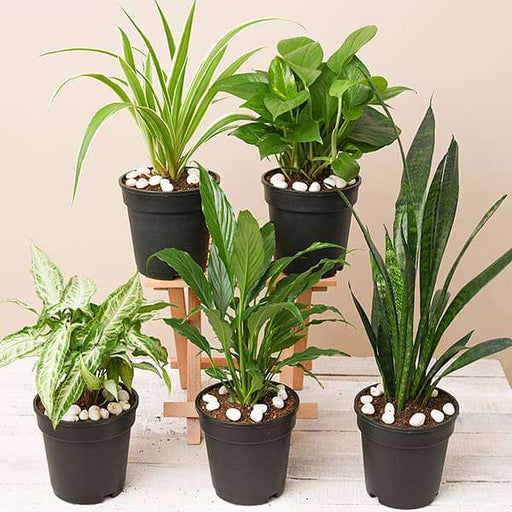
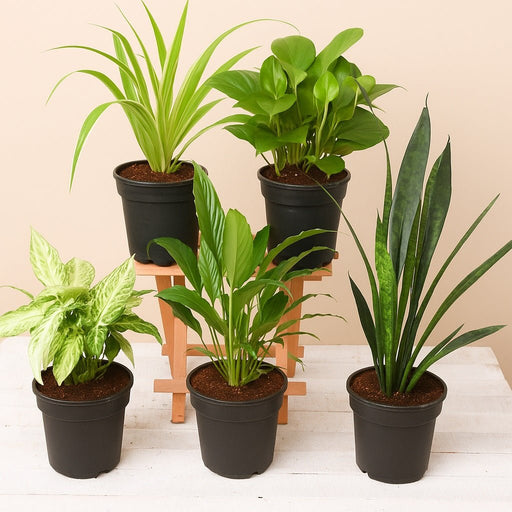 Save 30%
Save 30%
5 Best Indoor Plants Pack Transform your living space into a lush oasis with our '5 Best Indoor Plants Pack.' This carefully curated collection fe...
View full details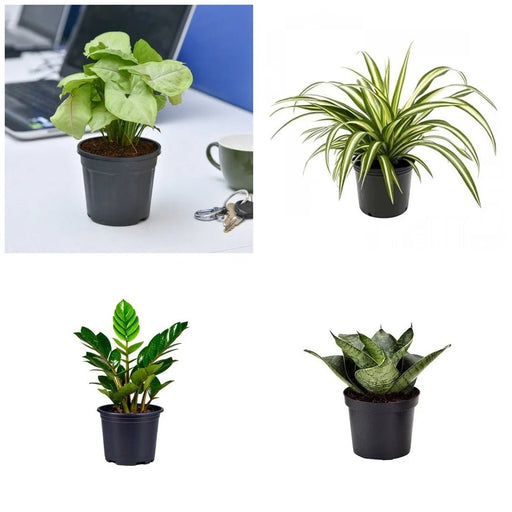
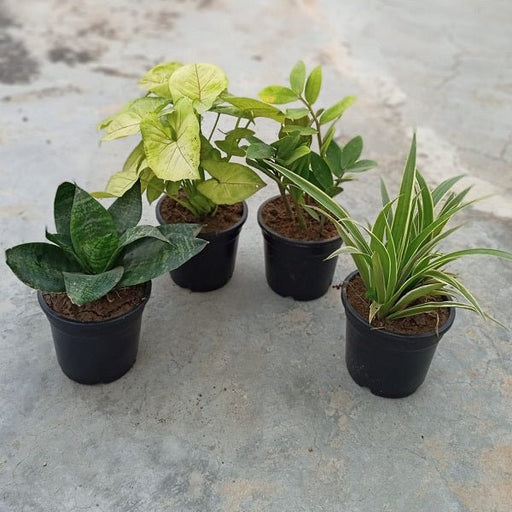 Save 25%
Save 25%
Set of 4 Evergreen Air Purifier Plant Pack Transform your indoor space into a lush, green oasis with our Set of 4 Evergreen Air Purifier Pla...
View full details| SrNo | Item Name |
|---|---|
| 1 | Coix lacryma |
Coix lacryma, commonly known as Job's Tears, is a unique grain-bearing plant native to Southeast Asia. Renowned for its tear-shaped seeds, this ancient crop has been cultivated for centuries for its nutritional and medicinal properties. The seeds are not only edible but also used in traditional crafts, making Coix lacryma a multifaceted addition to any garden.
What makes Coix lacryma special is its adaptability to various climates and its ability to thrive in poor soil conditions. This resilient plant is not only a source of food but also contributes to soil health and biodiversity. Its seeds are rich in protein, fiber, and essential minerals, making them a valuable addition to a balanced diet.
One of the standout features of Coix lacryma is its ornamental value. The plant produces tall, graceful stalks adorned with beautiful, drooping flower clusters that transition into striking seed heads. These seeds can be used in jewelry and crafts, adding an artistic touch to their practical uses.
Coix lacryma plays a significant role in promoting soil health and preventing erosion. Its deep root system helps to stabilize the soil, making it an excellent choice for sustainable farming practices. Additionally, its ability to grow in less-than-ideal conditions reduces the need for chemical fertilizers, contributing to a healthier ecosystem.
If you think the Coix lacryma tree is just a pretty face, think again! This botanical wonder is packed with benefits that could make even the most skeptical health nut raise an eyebrow. Known for its anti-inflammatory properties, it’s like a soothing balm for your insides. Plus, it’s a natural diuretic, helping you flush out those pesky toxins. Who knew a tree could be your detox buddy? And let’s not forget its role in traditional medicine, where it’s been used to treat everything from fevers to digestive issues. So, if you’re looking for a natural remedy that’s as versatile as a Swiss Army knife, the Coix lacryma tree is your go-to green friend.
Cultivating the Coix lacryma tree is like hosting a garden party where the guest of honor is a superstar. This tree thrives in well-drained soil and loves a sunny spot, making it the diva of the garden. It’s not too picky about water, but it does appreciate a good drink now and then. Planting it is as easy as pie—just dig a hole, drop in the seed, and watch it grow! With a little patience, you’ll have a stunning tree that not only beautifies your space but also offers a bounty of health benefits. So, roll up your sleeves and get ready to cultivate your very own Coix lacryma tree; it’s the green thumb’s dream come true!
The uses of the Coix lacryma tree are as diverse as a buffet table at a family reunion. From traditional medicine to modern culinary delights, this tree has got it all. Its seeds, often referred to as Job's tears, are not just for decoration; they’re a staple in Asian cuisine, adding a chewy texture to soups and desserts. But wait, there’s more! The seeds are also used in jewelry-making, giving a rustic charm that’s hard to resist. And let’s not forget its role in herbal remedies, where it’s been used to treat everything from skin issues to respiratory ailments. So, whether you’re cooking, crafting, or healing, the Coix lacryma tree is your versatile companion.
The history of the Coix lacryma tree is like a fascinating novel filled with twists and turns. Originating in Southeast Asia, this tree has been cherished for centuries, with its seeds being used in traditional medicine and as a food source. Ancient cultures revered it, believing it held mystical properties. Fast forward to today, and it’s still making waves in the health and wellness community. Its journey from ancient remedy to modern superfood is a testament to its enduring appeal. So, the next time you admire this tree, remember you’re gazing at a living piece of history that has stood the test of time.
If you think the Coix lacryma tree is just a pretty sight, wait until you hear about its nutritional value! Packed with essential nutrients, its seeds are a powerhouse of health benefits. They’re rich in carbohydrates, making them a great energy source, and they also boast a healthy dose of protein. Plus, they’re low in fat, so you can indulge without the guilt. With vitamins and minerals galore, including B vitamins and magnesium, these seeds are like nature’s multivitamin. So, sprinkle some Coix lacryma seeds into your diet, and let your body thank you for the nutritional boost!
The Coix lacryma tree has been a staple in traditional medicine for ages, and it’s not hard to see why. This tree is like the wise old sage of the plant world, offering remedies for a plethora of ailments. From treating fevers to alleviating digestive issues, its seeds have been used in various cultures for their healing properties. Herbalists have long praised its anti-inflammatory and diuretic effects, making it a go-to for those seeking natural remedies. So, if you’re feeling under the weather, consider channeling your inner herbalist and giving the Coix lacryma tree a try; it might just be the remedy you’ve been searching for!
When it comes to cuisine, the Coix lacryma tree is the unsung hero of the culinary world. Its seeds, often called Job's tears, are a delightful addition to various dishes, bringing a unique texture and flavor that’s hard to resist. From soups to desserts, these seeds can elevate your cooking game to gourmet status. They’re often used in Asian dishes, where they add a chewy bite that complements the flavors beautifully. Plus, they’re gluten-free, making them a fantastic option for those with dietary restrictions. So, if you’re looking to impress at your next dinner party, don’t forget to incorporate some Coix lacryma seeds into your menu!
The Coix lacryma tree isn’t just a pretty face; it’s also a champion of sustainability! This tree thrives in various environments and requires minimal resources, making it an eco-friendly choice for gardeners and farmers alike. Its ability to grow in poor soil conditions means it can help restore degraded lands, giving Mother Nature a helping hand. Plus, its seeds are a sustainable food source, providing nutrition without the heavy environmental footprint of some modern crops. So, if you’re looking to go green in your gardening efforts, consider planting a Coix lacryma tree; it’s a win-win for you and the planet!
The Coix lacryma tree has earned its stripes in the world of herbal remedies, and for good reason! Its seeds are like little powerhouses of healing, packed with properties that can help with a variety of ailments. From soothing inflammation to aiding digestion, these seeds have been used in traditional medicine for centuries. Herbalists often recommend them for their diuretic effects, making them a go-to for detoxing. So, if you’re on a quest for natural remedies, look no further than the Coix lacryma tree; it’s like having a mini pharmacy right in your garden!
Gardening with the Coix lacryma tree is like adding a touch of exotic flair to your backyard. This tree is not only visually stunning but also relatively easy to care for, making it a favorite among green thumbs. It thrives in sunny spots and well-drained soil, so you can plant it and let it do its thing. Plus, its unique seeds can be harvested and used in various ways, from culinary delights to crafting projects. So, if you’re looking to spice up your garden with something a little different, the Coix lacryma tree is your ticket to botanical bliss!
The Coix lacryma tree is the ultimate climate chameleon, adapting to various environments like a pro. Whether it’s basking in the sun or braving a bit of shade, this tree knows how to thrive. It’s resilient and can handle different soil types, making it a versatile choice for gardeners everywhere. Plus, its ability to grow in less-than-ideal conditions means it’s a champion of sustainability. So, if you’re looking for a tree that can withstand the test of time and climate, the Coix lacryma tree is your go-to green companion!
Coix lacryma, also known as Job's tears, is a tropical plant with tear-shaped seeds. These little gems are not just pretty; they’re packed with nutrients and have been used in traditional medicine for centuries. Think of them as nature's tear-shaped superfood, ready to boost your health and add flair to your dishes!
Coix lacryma is a health powerhouse! It’s known for its anti-inflammatory properties, aiding digestion, and even promoting skin health. Plus, it’s a gluten-free grain alternative, making it a favorite among health enthusiasts. So, if you’re looking to spice up your wellness routine, these tear-shaped wonders might just be your new best friend!
Brew it into a tea! The options are endless, and your taste buds will thank you for the delightful twist on your usual meals. Who knew health could taste this good
Absolutely! Coix lacryma is a gluten-free grain, making it a fantastic option for those with gluten sensitivities or celiac disease. It’s like a party for your gut without the gluten hangover. So, go ahead and enjoy this nutritious grain without worrying about those pesky gluten-related issues!
You can find Coix lacryma at health food stores, Asian markets, or online retailers. Just type "Job's tears" into your favorite search engine, and voilà! You’ll be swimming in options. Just remember to check the quality; you want the crème de la crème of tear-shaped grains for your culinary adventures!
Yes, Coix lacryma can be a helpful ally in your weight loss journey! It’s low in calories, high in fiber, and keeps you feeling full longer. Plus, it’s versatile enough to fit into various diets. So, if you’re looking to shed some pounds, these little tear-shaped seeds might just be your secret weapon!
While Coix lacryma is generally safe, some people may experience digestive issues if consumed in excess. Moderation is key, my friend! Always consult with a healthcare professional if you have concerns, especially if you’re pregnant or nursing. Remember, even the healthiest foods can cause a ruckus if you go overboard!
Coix lacryma stands out among grains with its unique tear shape and impressive nutrient profile. It’s lower in calories than rice and packed with antioxidants. Plus, it has a delightful chewy texture that adds character to your meals. So, if you’re tired of the same old grains, give this one a whirl!
Absolutely! Growing Coix lacryma at home is a fun project for any green thumb. It thrives in warm climates and needs plenty of sunlight. Just plant the seeds in well-drained soil, water them regularly, and watch your little tear-shaped plants flourish. Soon, you’ll have a personal supply of this nutritious grain!
Use it in desserts for a unique twist. Your kitchen will become a gourmet haven with these tear-shaped delights!
Yes, Coix lacryma is generally safe for children! It’s nutritious and can be a great addition to their diet. Just ensure it’s cooked properly and introduced gradually, especially if they’re new to it. With its mild flavor and chewy texture, kids might just love these little tear-shaped wonders as much as adults do!
Coix lacryma has a rich history, dating back centuries in Asia. Traditionally used in medicine and as a food source, it’s been cherished for its health benefits. The seeds were even used as beads in jewelry! So, when you enjoy this grain, you’re not just eating; you’re partaking in a centuries-old tradition!